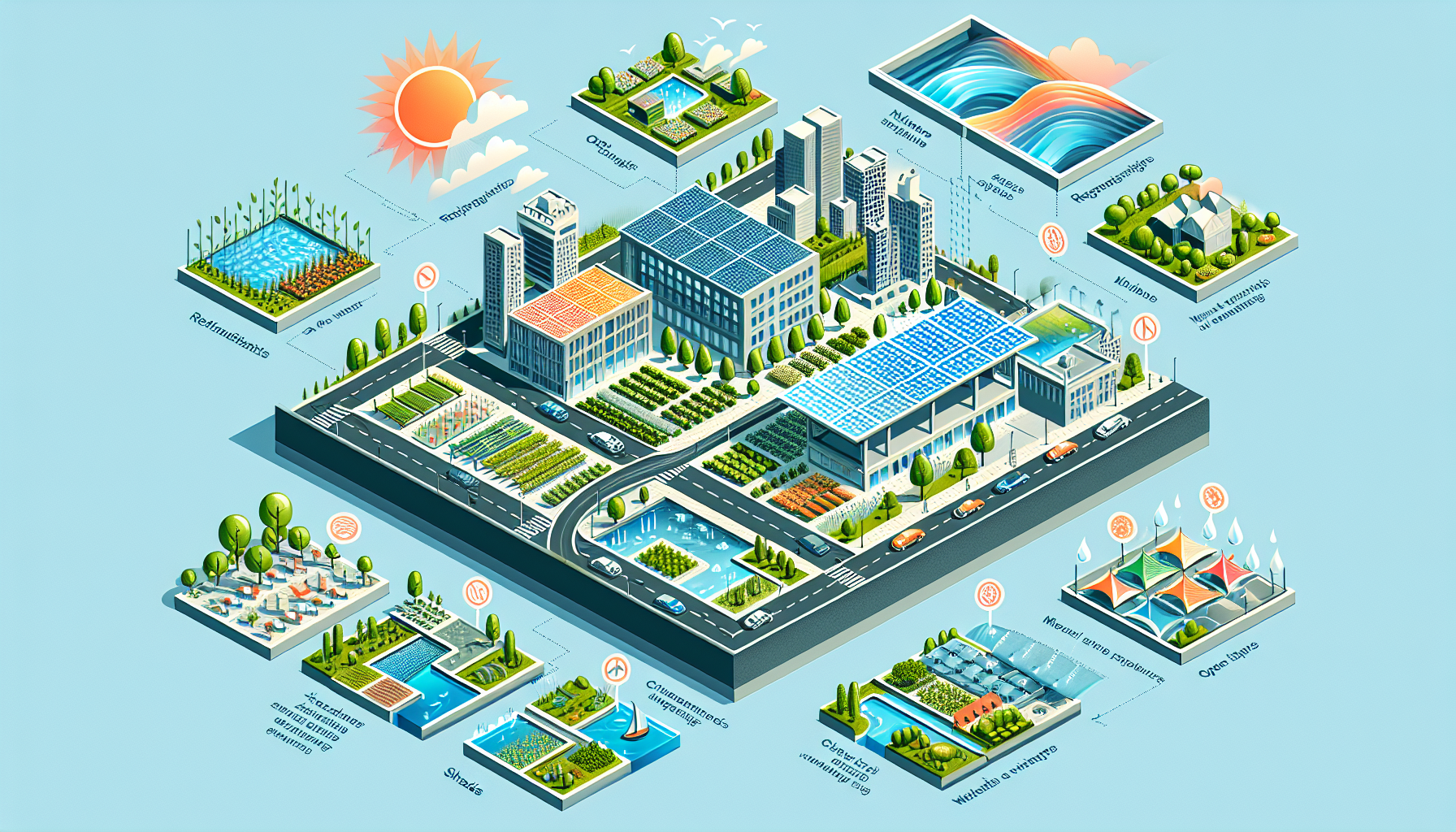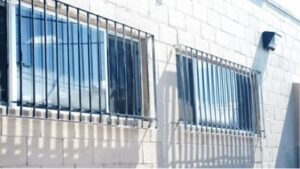Heat waves with extreme temperatures during the summer, excessive precipitation at other times of the year, constant air pollution in large cities, and exposure to harmful gases are the primary threats to our built environment. Sika is focused on improving production processes through the use of increasingly efficient technologies, as well as firmly committing to research and development to provide buildings with more sustainable materials.
The recent heatwave that has swept across Spain is just one instance of a phenomenon that is becoming more frequent and exacerbated by climate change. NASA scientists warn that several Spanish regions will be uninhabitable by 2050. They point out in their study “How Climate Change Will Make Some Places Unlivable” that thermal stress, which combines extreme heat and humidity and is one of the leading causes of death from heat, has doubled in the last four decades and will continue to rise.
Regions like Madrid, Andalusia, and Valencia are particularly at risk. These areas already suffer from high temperatures, and climate predictions suggest they could exceed human tolerance limits.
In this scenario, the cities of the future, with their buildings and infrastructure, must be more sustainable to ensure their durability and combat climate change.
To this end, Sika, which places reducing CO2 emissions and supporting the principles of a circular economy in construction at the heart of its 2024-2028 strategy, is driving innovation through cutting-edge technology to make cities more resilient and sustainable.
“The correlation between sustainability and innovation is key to achieving net zero and decarbonizing buildings. Buildings constructed with durability criteria will better withstand the test of time, as they will no longer consume new materials, which also represents a significant energy saving and a reduction of environmental impact, decreasing the carbon footprint,” argues Ana Arenas, Sika’s Sustainability Manager.
Among the sustainable solutions, Sika is committed to its extensive range of innovative facade products, given the increasing demand for more audacious and creative designs, with sustainable high-performance structural glazing to enhance natural lighting. Its solutions, climate sealants, and adhesives with proven durability, stand out for their resistance to temperature and UV rays.
Sika also offers, from an energy efficiency perspective, state-of-the-art facade coatings with photocatalytic, hence depolluting, effects. Additionally, it provides low-emission flooring solutions that meet all requirements for improving indoor air quality in buildings.
Furthermore, the challenges for future cities include efficient and innovative building waterproofing, crucial for safe and long-lasting construction, and combating polluting gases, such as radon, through innovative and comprehensive waterproofing systems.
For roofs, which let out a significant amount of energy, Sika also contributes its experience with sustainable solutions, such as solar reflective membranes that save energy and hence reduce the buildings’ energy demand, besides improving the efficiency of photovoltaic panels.
“One of Sika’s main contributions to the sustainability of the built environment is the durability of its sustainable solutions. For the company, durability means the ability of buildings to last and withstand adverse natural conditions, something also achieved with sustainable concrete that reduces the clinker content in cement production thanks to innovative technology,” highlights Arenas.
At Sika, sustainability is viewed from two perspectives: the pursuit of improving production processes with the use of more efficient technologies and a strong commitment to R&D to provide buildings with more durable and sustainable materials.











